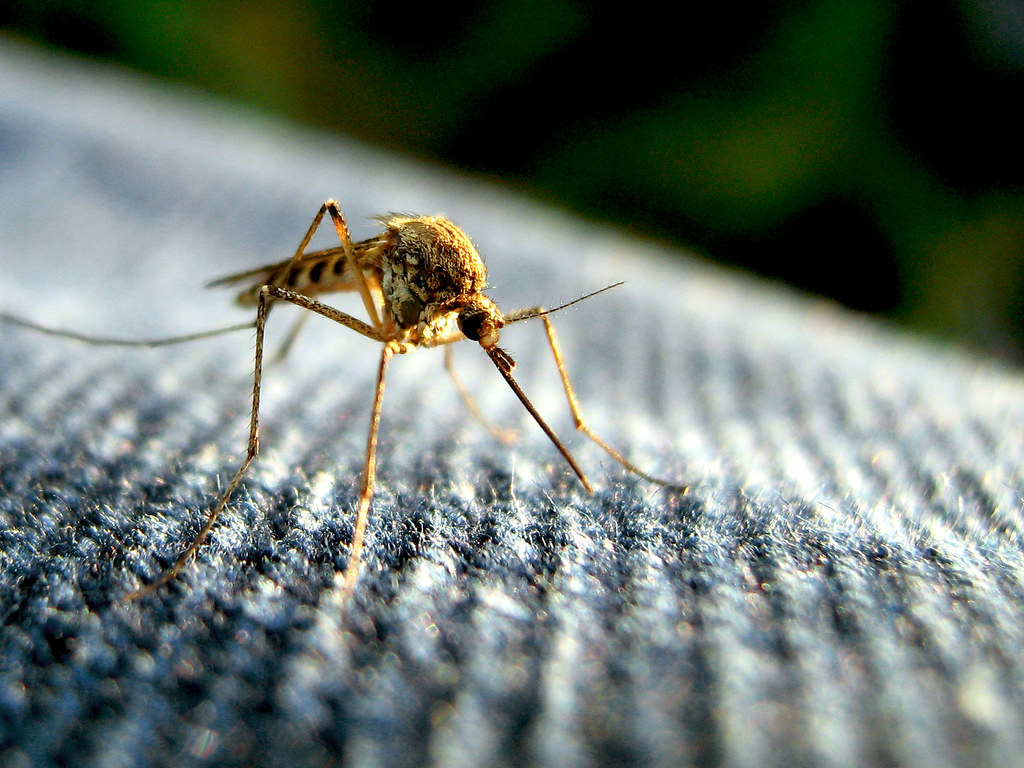Picture this: you’re sitting by your window on a warm summer evening, expecting to hear the familiar symphony of mosquitoes buzzing around the porch light outside. Instead, you’re swatting away these tiny vampires right inside your living room. If you’ve ever wondered why these blood-sucking insects seem to prefer your cozy indoor space over the great outdoors during summer months, you’re not alone in this puzzling observation.
The Indoor Temperature Advantage
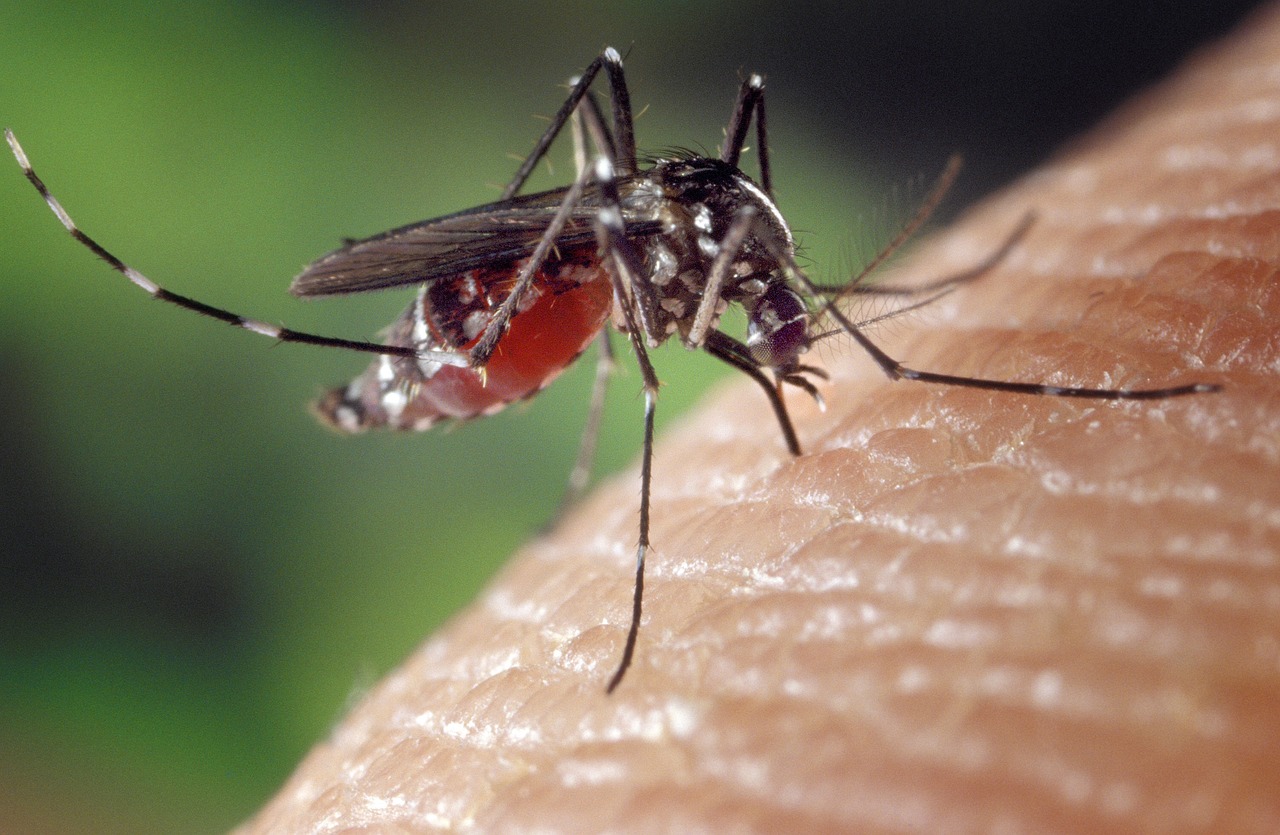
While most people assume mosquitoes love hot weather, the reality is far more nuanced. These insects actually thrive in temperatures between 68 and 80 degrees Fahrenheit, making your air-conditioned home a perfect sanctuary during scorching summer days. When outdoor temperatures soar above 90 degrees, mosquitoes become sluggish and struggle to maintain their energy levels.
Your indoor environment provides a consistent, comfortable temperature that allows mosquitoes to remain active and efficient hunters. Think of it like choosing between a sweltering parking lot and a climate-controlled mall – even mosquitoes prefer comfort over extreme conditions. This temperature preference explains why you might notice fewer mosquitoes outdoors during the hottest part of summer days.
Humidity Levels That Mosquitoes Crave
Mosquitoes are essentially tiny humidity detectors, and your home often provides the perfect moisture levels they desperately need. These insects require humidity levels above 50% to prevent their delicate bodies from drying out, and indoor environments typically maintain this optimal range. Bathrooms, kitchens, and basements become mosquito magnets due to their naturally higher humidity levels.
During dry summer periods, outdoor humidity can drop significantly, making indoor spaces much more attractive to these moisture-dependent creatures. Your daily activities like cooking, showering, and even breathing contribute to maintaining the humid microclimate that mosquitoes find irresistible. It’s like running a five-star spa exclusively for these unwanted guests.
The Carbon Dioxide Trail Leading Indoors
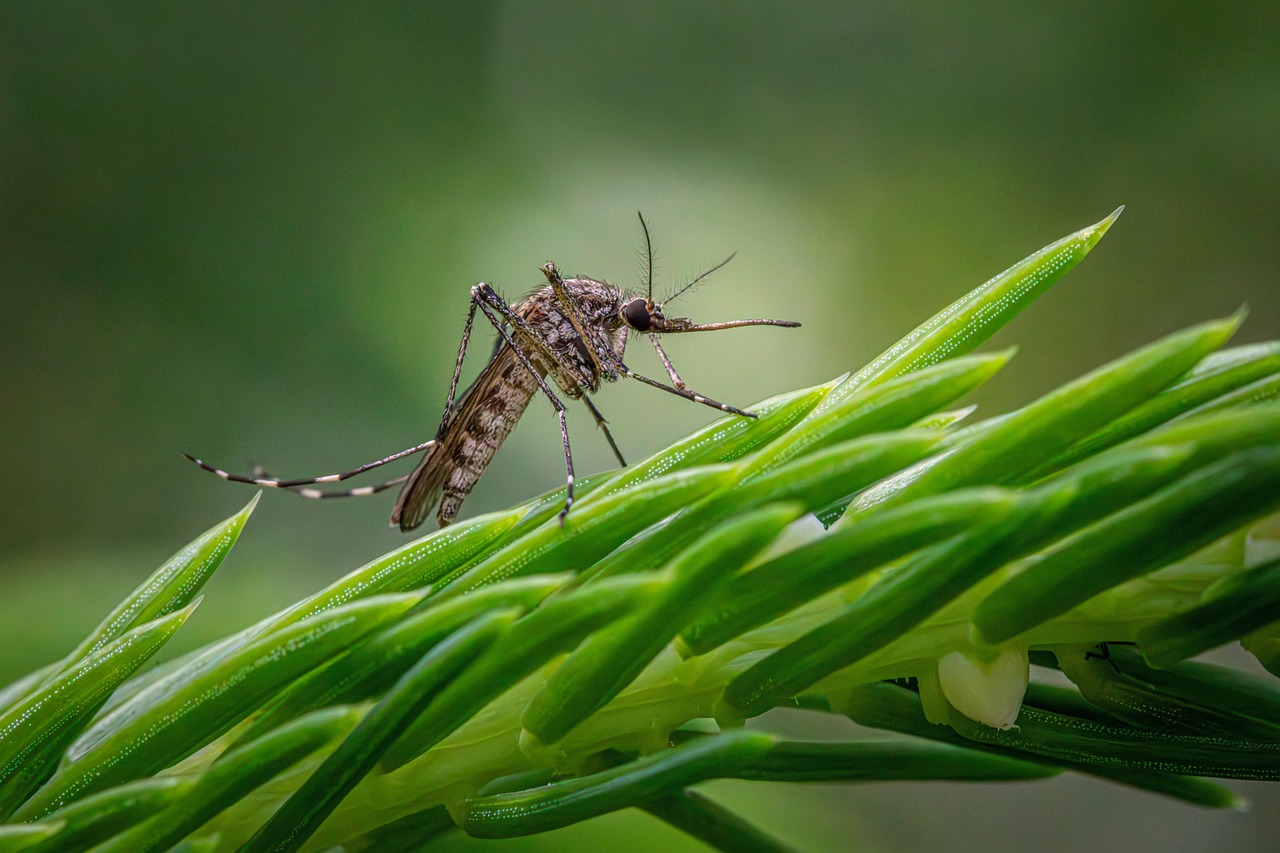
Every breath you take creates an invisible beacon that guides mosquitoes straight to your location. These insects can detect carbon dioxide from up to 164 feet away, and indoor spaces tend to concentrate this gas in ways that outdoor environments cannot. Your home becomes a CO2 hotspot, especially during evening hours when doors and windows are closed.
The confined nature of indoor spaces means carbon dioxide doesn’t dissipate as quickly as it would outside, creating a persistent trail that mosquitoes follow like breadcrumbs. Multiple occupants in a home amplify this effect, turning your living space into a mosquito navigation system. This explains why mosquitoes seem to find you so easily once they’ve entered your home.
Standing Water Sources You Never Noticed
Your home harbors countless breeding opportunities that might shock you with their abundance. Pet water bowls, plant saucers, and even the condensation tray under your refrigerator can become mosquito nurseries within days. These indoor water sources remain undisturbed by wind, rain, or predators, creating ideal conditions for mosquito reproduction.
Clogged drains, leaky pipes, and even the small amount of water that collects in sink traps provide perfect breeding grounds. Unlike outdoor puddles that dry up or get disturbed, these indoor water sources offer consistent, protected environments where mosquito eggs can develop undisturbed. It’s like providing luxury maternity wards for these prolific insects.
Light Pollution and Navigation Confusion
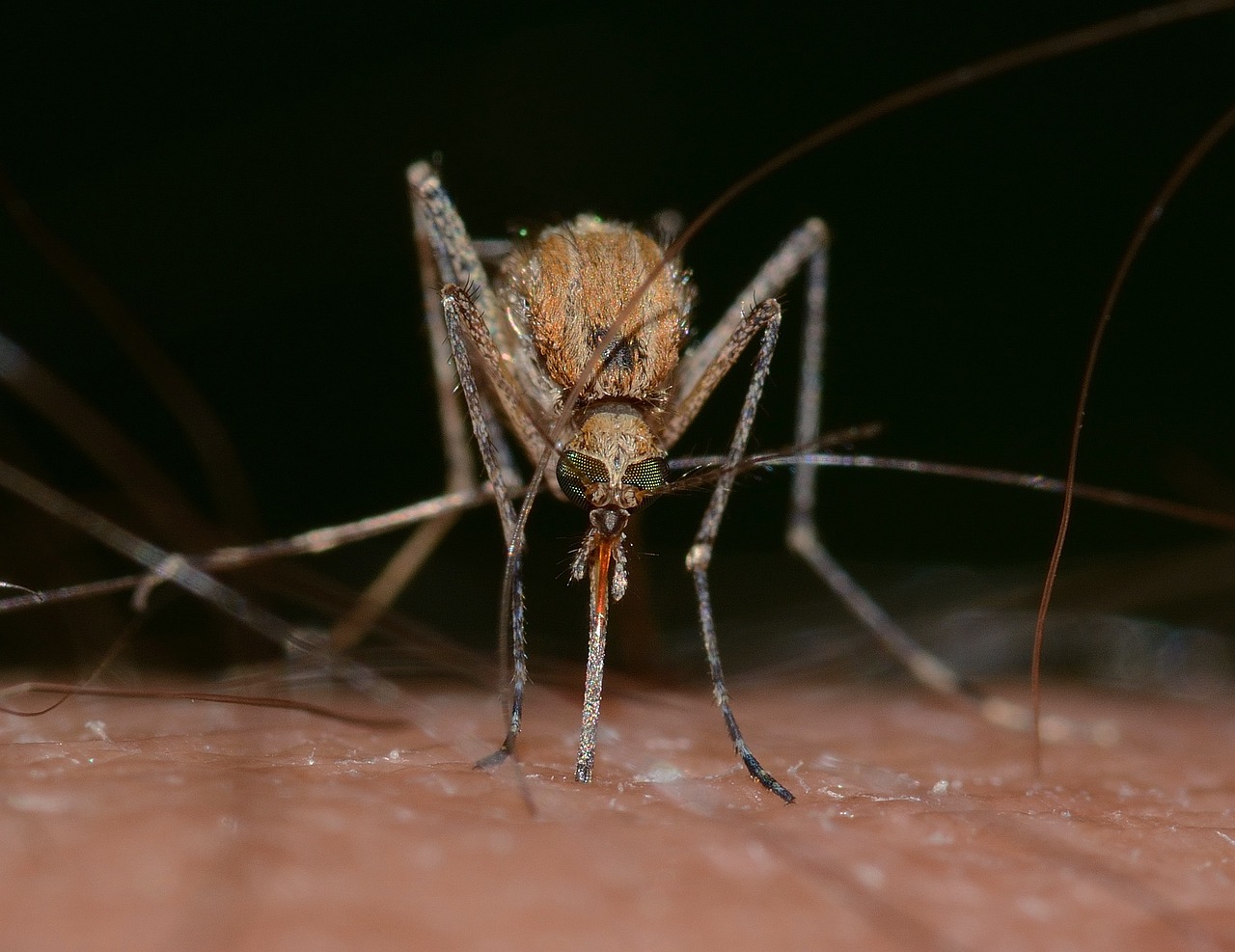
Mosquitoes have evolved to navigate using natural light sources like the moon and stars, but modern indoor lighting completely disrupts their guidance systems. Your home’s artificial lights create confusion that can trap mosquitoes inside, making them unable to find their way back outdoors. This phenomenon, known as positive phototaxis, turns your light fixtures into mosquito magnets.
Once inside, mosquitoes become disoriented by multiple light sources and often circle endlessly around lamps and screens. The combination of artificial lighting and the absence of natural navigational cues creates a perfect storm that keeps these insects trapped indoors. Your cozy evening lighting setup inadvertently becomes a mosquito detention center.
The Scent Buffet Effect
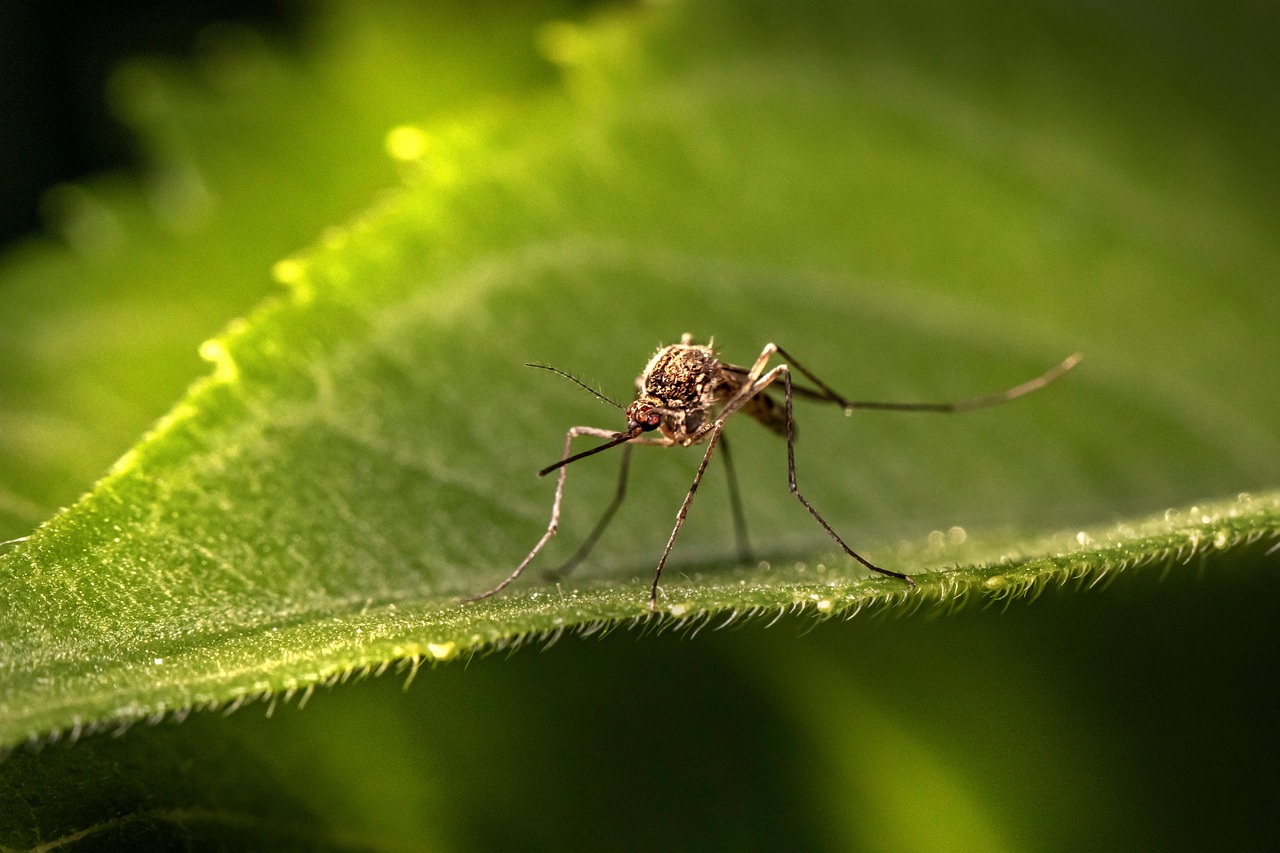
Your home is like an all-you-can-smell buffet for mosquitoes, offering concentrated human scents that outdoor environments simply cannot match. Body odors, perfumes, lotions, and even the laundry detergent on your clothes create an irresistible aromatic cocktail. These scents become trapped and concentrated in indoor spaces, making it easier for mosquitoes to locate their next meal.
The lack of wind circulation indoors means these attractive scents linger much longer than they would outside. Personal care products, cooking aromas, and even the natural oils from your skin create a complex scent profile that mosquitoes find absolutely irresistible. It’s no wonder they seem to zero in on you so quickly once they’re inside.
Predator-Free Zones
Outdoors, mosquitoes face a gauntlet of natural predators including birds, bats, spiders, and dragonflies that keep their populations in check. Your home, however, represents a relatively safe haven where these natural enemies are largely absent. This protection allows mosquitoes to hunt and feed with minimal risk of becoming prey themselves.
The indoor environment eliminates most of the survival challenges that mosquitoes face in their natural habitat. Without the constant threat of predation, mosquitoes can focus entirely on finding blood meals and breeding opportunities. Your home essentially becomes a luxury resort where mosquitoes can vacation without fear of ending up as someone else’s dinner.
Air Circulation Patterns
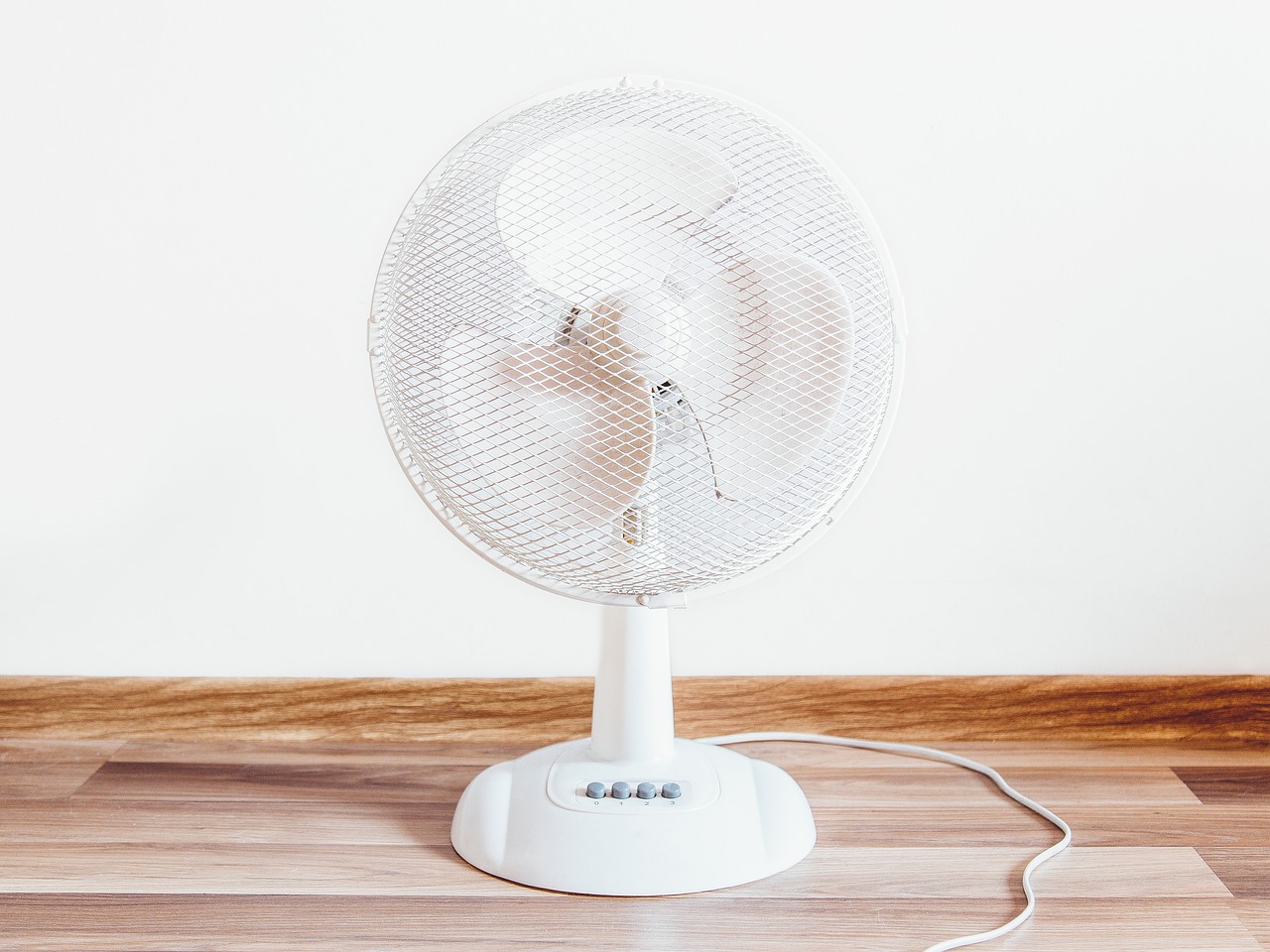
The way air moves through your home creates unique circulation patterns that mosquitoes exploit for easy travel and hunting. HVAC systems, fans, and natural air currents carry mosquito-attracting scents throughout your house, creating invisible highways that guide these insects to their targets. Unlike the chaotic wind patterns outdoors, indoor air circulation is predictable and consistent.
These controlled air movements also help mosquitoes conserve energy by providing assisted flight paths throughout your home. The gentle air currents created by your heating and cooling systems become mosquito expressways, allowing them to cover more ground with less effort. It’s like having a personal transportation system designed specifically for their convenience.
The Seasonal Behavior Shift
Many mosquito species undergo behavioral changes during peak summer months that naturally draw them toward indoor environments. As outdoor conditions become increasingly harsh, these adaptable insects shift their activity patterns and habitat preferences. This seasonal adjustment is an evolutionary survival strategy that has developed over millions of years.
During extreme summer heat, mosquitoes enter a state similar to hibernation called aestivation, where they seek cool, protected spaces to wait out unfavorable conditions. Your home provides the perfect refuge during these periods, offering consistent conditions that allow mosquitoes to remain active while their outdoor counterparts struggle to survive. This behavioral shift explains why indoor mosquito problems often peak during the hottest summer weeks.
Window and Door Entry Points
Your home’s entry points create perfect opportunities for mosquitoes to discover the indoor paradise you’ve unknowingly created. Gaps around doors, torn screens, and even brief moments when doors are opened provide access routes that mosquitoes readily exploit. These insects are remarkably skilled at finding and utilizing even the smallest openings.
Once mosquitoes discover these entry points, they often communicate this information to others through chemical signals, creating a steady stream of indoor invaders. The combination of attractive indoor conditions and accessible entry points turns your home into a mosquito destination resort. Even the most diligent homeowners often overlook the numerous tiny gaps that serve as mosquito doorways.
Blood Meal Accessibility
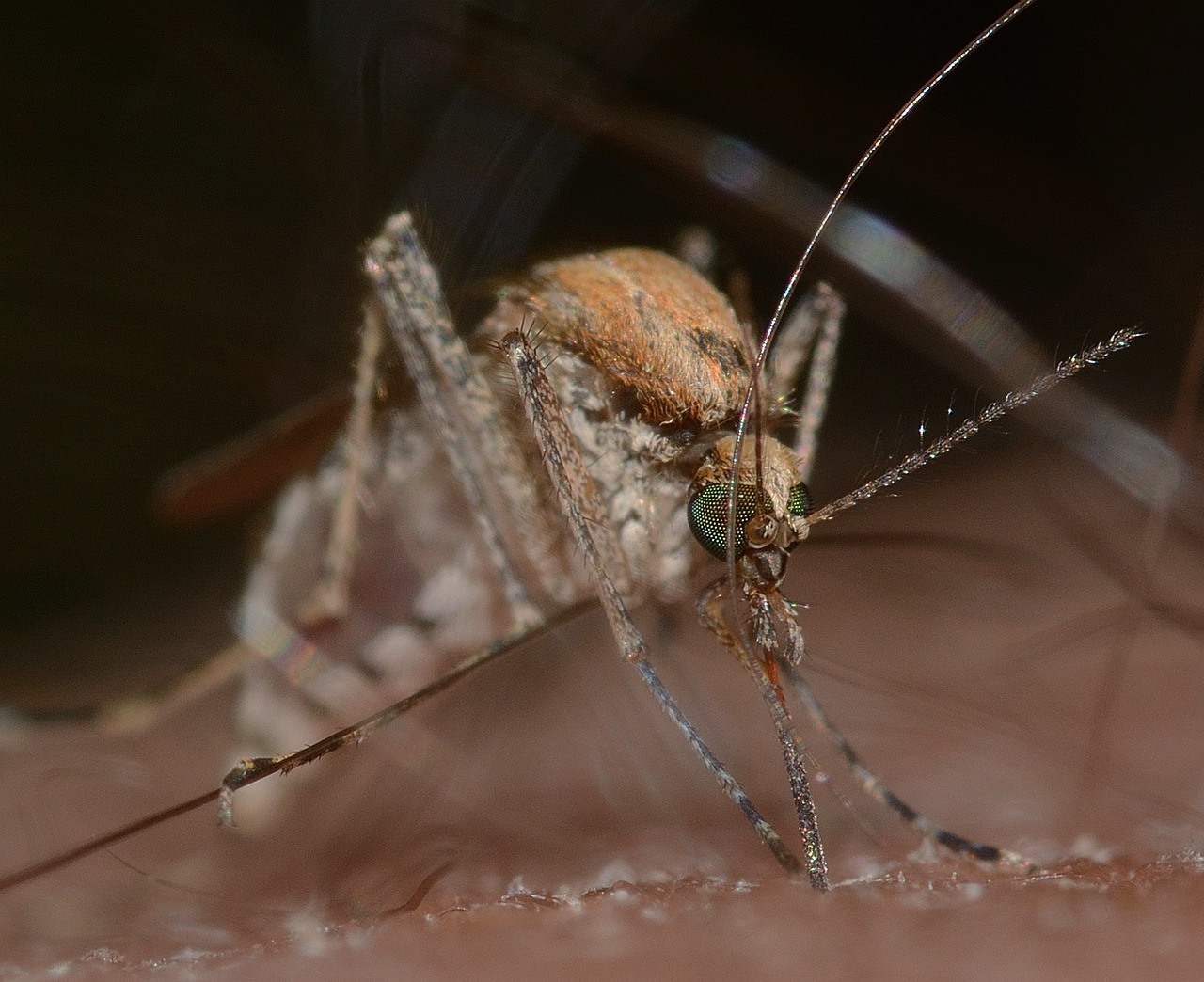
Indoor environments provide mosquitoes with unprecedented access to their preferred food source: human blood. Unlike outdoor settings where potential hosts are mobile and often protected by clothing or repellents, indoor victims are typically relaxed, stationary, and more exposed. Your evening routine of watching TV or reading creates perfect feeding opportunities for these opportunistic insects.
The confined nature of indoor spaces means mosquitoes don’t have to compete with as many other blood-seeking insects for access to hosts. This reduced competition, combined with the predictable presence of humans, makes indoor hunting far more efficient than outdoor foraging. It’s like having a private dining room versus fighting for a table at a crowded restaurant.
Breeding Cycle Advantages
Indoor environments offer mosquitoes significant advantages during their reproductive cycle that outdoor habitats cannot match. The stable conditions, protected water sources, and consistent food supply create ideal circumstances for rapid population growth. Female mosquitoes can complete their entire life cycle indoors, from egg to adult, without ever facing the challenges of outdoor survival.
The absence of natural population controls indoors means mosquito numbers can explode rapidly once breeding begins. A single female mosquito can lay up to 300 eggs at a time, and indoor conditions allow for higher survival rates than outdoor environments typically provide. This reproductive advantage explains why indoor mosquito problems can escalate so quickly and persist throughout the summer months.
Microclimate Creation
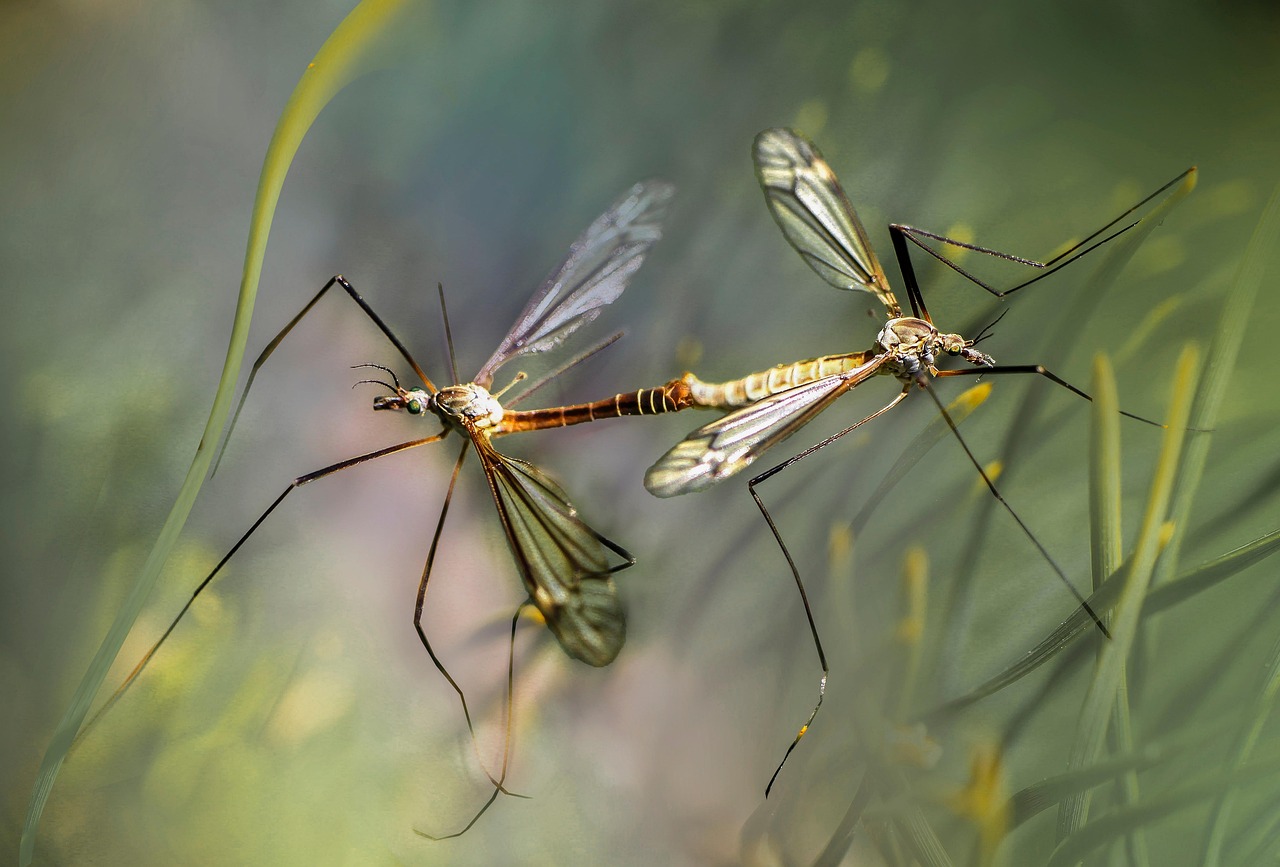
Your home creates numerous microclimates that cater to different mosquito preferences and life stages. Bathrooms provide humidity and warmth, basements offer cool hiding spots, and kitchens supply both moisture and food odors. These varied environments within a single structure allow mosquitoes to find their optimal conditions regardless of their specific needs or life stage.
Each room in your house potentially serves a different purpose in the mosquito lifecycle, from breeding areas to feeding grounds to resting spots. This microclimate diversity makes your home a comprehensive mosquito habitat that can support multiple species and generations simultaneously. It’s like operating a full-service mosquito ecosystem under one roof.
The Technology Factor
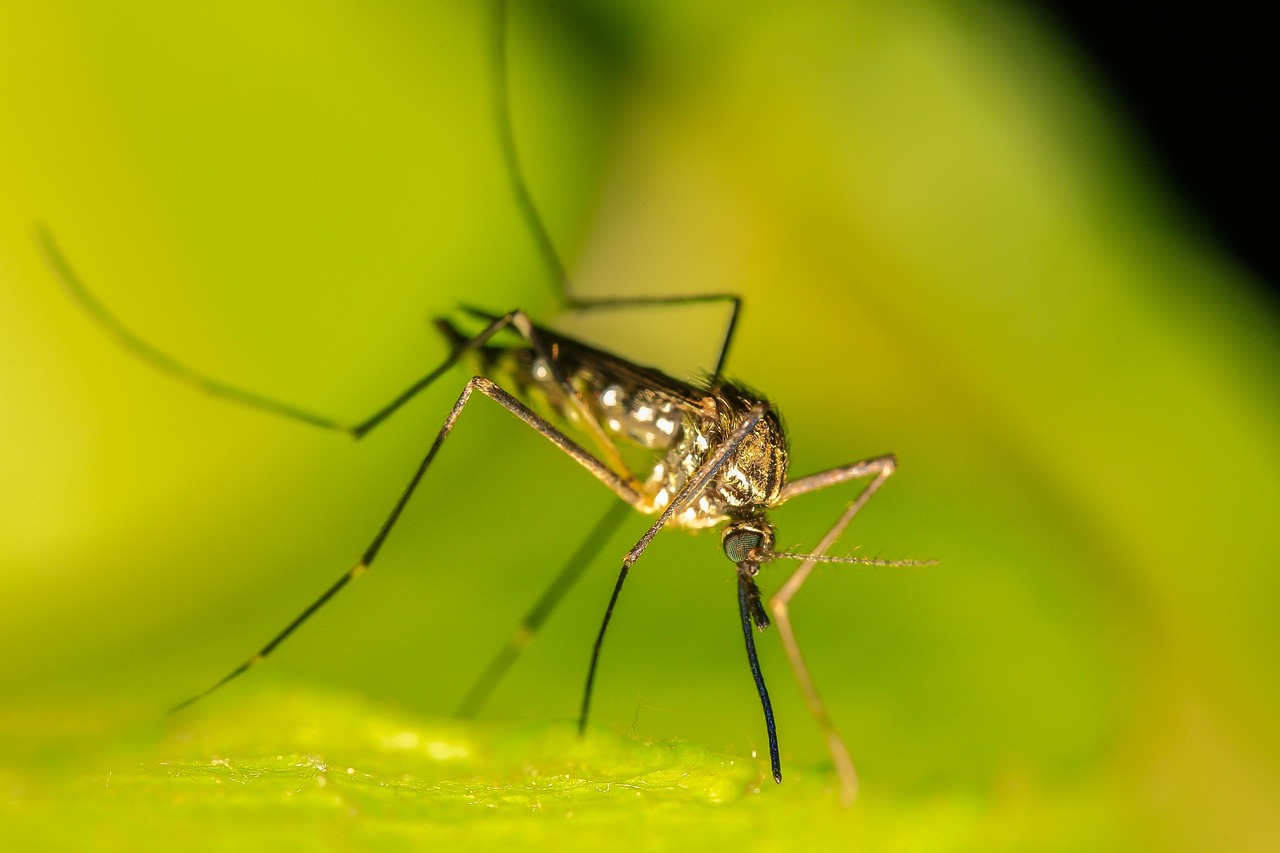
Modern home technology inadvertently creates mosquito-friendly conditions that our ancestors never had to deal with. Electronic devices generate heat and electromagnetic fields that can attract mosquitoes, while air conditioning systems circulate and concentrate the scents and carbon dioxide that draw these insects. Smart home systems, with their constant operation and heat generation, can create warm microzones that mosquitoes find particularly appealing.
The proliferation of electronic devices throughout our homes has created a complex web of mosquito attractants that operate 24/7. From the warm glow of television screens to the heat signatures of charging stations, our connected homes send out an constant invitation to mosquitoes. Even something as simple as a WiFi router can generate enough heat to create a mosquito gathering spot.
Natural Behavior Meets Modern Living
The indoor mosquito phenomenon represents a fascinating example of how ancient insect behaviors intersect with modern human lifestyles. These insects are simply following millions of years of evolutionary programming that tells them to seek optimal conditions for survival and reproduction. Our homes happen to provide these conditions more consistently than the natural outdoor environment.
Understanding this intersection helps explain why traditional outdoor mosquito control methods often fail to address indoor problems. Mosquitoes aren’t defying nature by coming indoors – they’re following it. The solution lies in recognizing that our homes have become artificial ecosystems that support mosquito populations in ways that natural habitats cannot.
The summer mosquito mystery reveals itself as a complex interplay of environmental factors, insect biology, and modern living conditions. These tiny creatures aren’t randomly choosing to torment you indoors – they’re making calculated decisions based on temperature, humidity, food availability, and safety considerations. Your home offers everything a mosquito could want: climate control, protection from predators, abundant breeding sites, and easy access to blood meals.
By understanding why mosquitoes prefer indoor environments during summer months, you can take targeted action to make your home less appealing to these unwanted guests. The key lies in disrupting the perfect conditions that draw them inside in the first place. What strategies will you implement to reclaim your indoor sanctuary from these persistent summer invaders?

